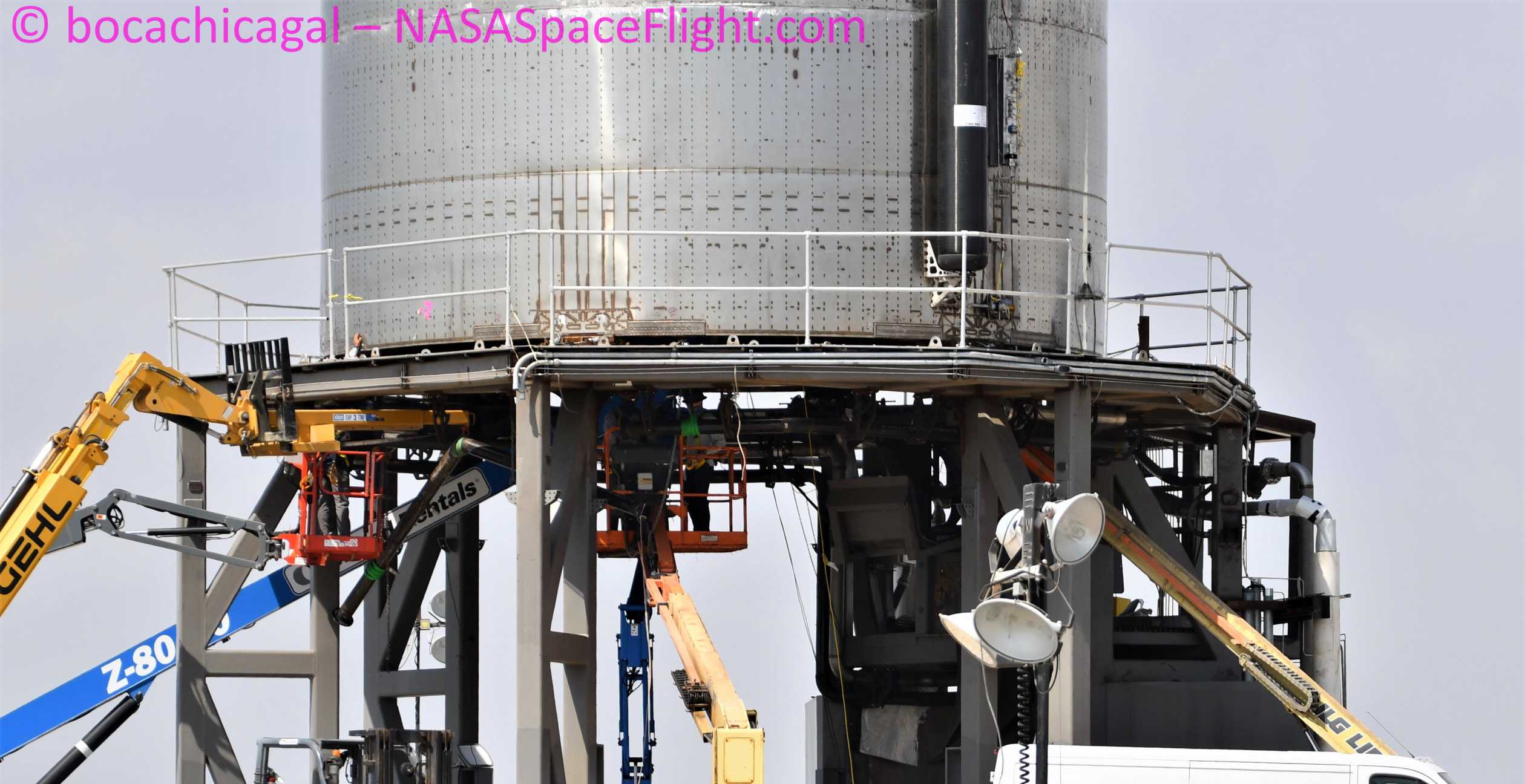
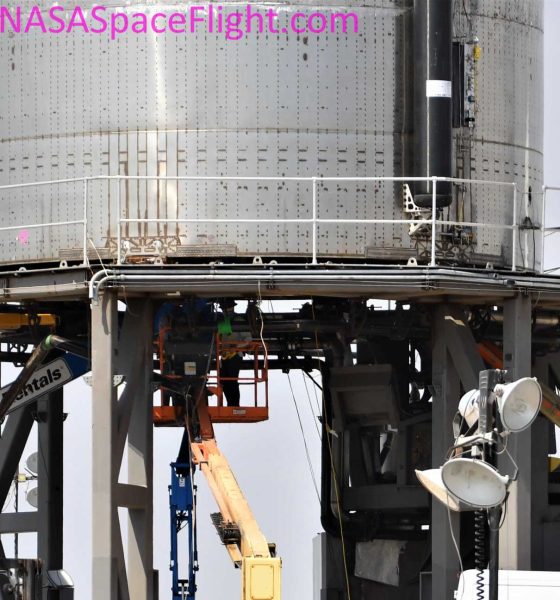
News
SpaceX’s first Starship flight (re)scheduled for next week
SpaceX’s fifth full-scale Starship prototype could become the first to take flight just a week or so from now if a Raptor engine test goes as planned early next week.
Known as Starship serial number 5 (SN5), SpaceX teams are currently in the process of completing the installation of Raptor SN27 and preparing the massive steel rocket for its first cryogenic wet dress rehearsal and static fire tests. Delayed from July 8th and 10th, Starship SN5’s first Raptor static fire is now scheduled no earlier than ~10 am CDT (~15:00 UTC) on Monday, July 13th.
If things go well during those nominally back-to-back tests, public road closure filings show that SpaceX wanted to attempt the first full-scale Starship hop just three days later, although the recent two-day delay adds a bit of uncertainty.
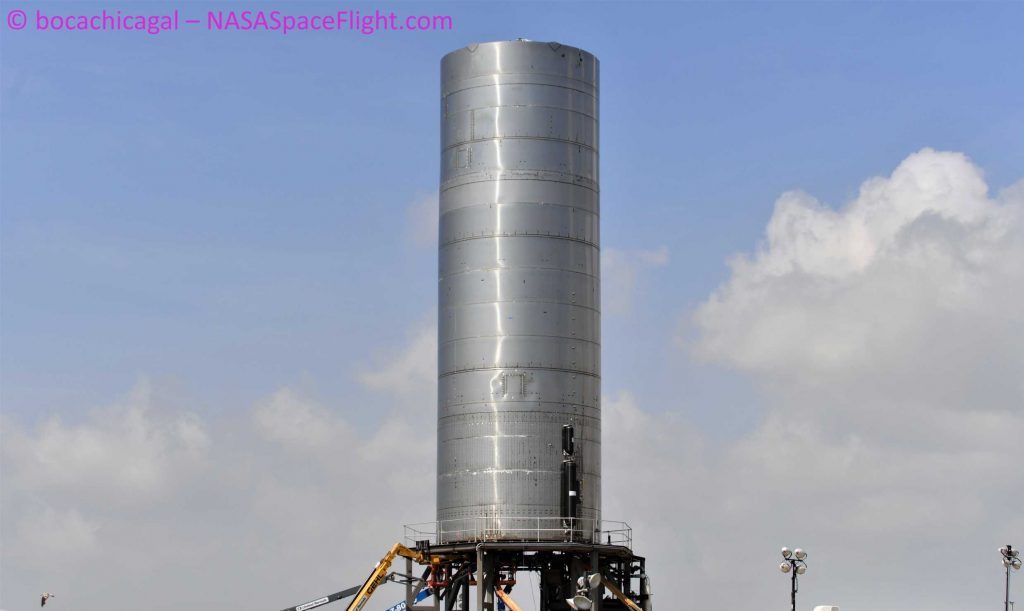
The odds are good that one or both of those test periods will slip or change in the next few days and, in fact, Starship SN5’s static fire test period was delayed two days while this article was in work. SpaceX could run into road bumps that prevent the July 10th 13th wet dress rehearsal (WDR) from smoothly transitioning into a Raptor static fire attempt and any number of additional delays could beset the actual flight test throughout the flow. Along the same lines as Starhopper, currently the only vehicle to have flown under the power of a Raptor engine, Starship’s flight computer could abort the launch at almost any point prior to liftoff, up to and including Raptor ignition.
Like Falcon 9 and Falcon Heavy, Starship (and Starhopper) will ingest and interpret hundreds or thousands of channels of telemetry to determine the health of its engines for a second or two after ignition while thrust is ramping. If the Raptor or Merlin engine(s) look healthy, the rocket commands hold-down clamp release and lifts off (or, in the case of Starhopper, uses its own immense weight to prevent liftoff until Raptor is throttled up).
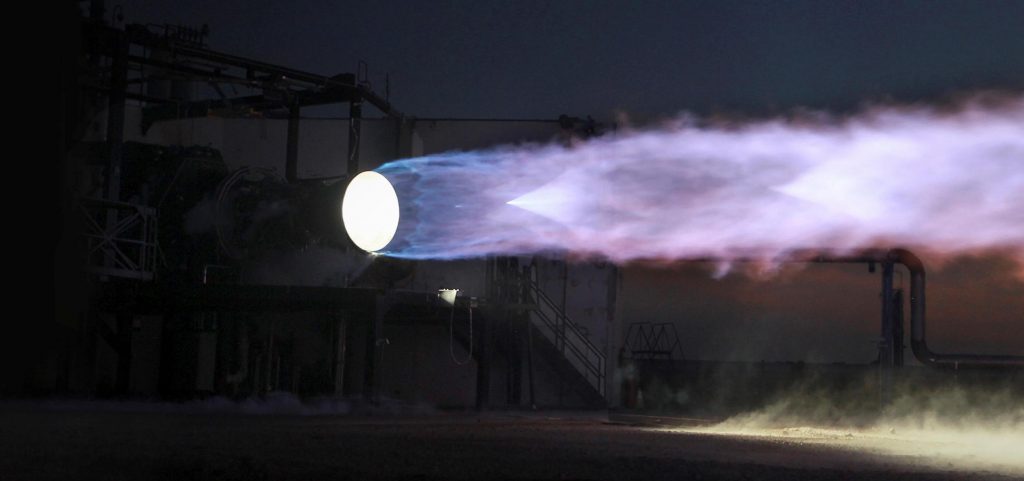
Thanks to an upgraded launch mount, SpaceX’s full-scale Starship prototypes have access to built-in hold-down clamps, enabling operations that are at least a bit more similar to those used for Falcon 9 and Heavy launches. Starship’s six hold-down clamps are affixed to the same structure that the ship’s six landing legs are installed on.
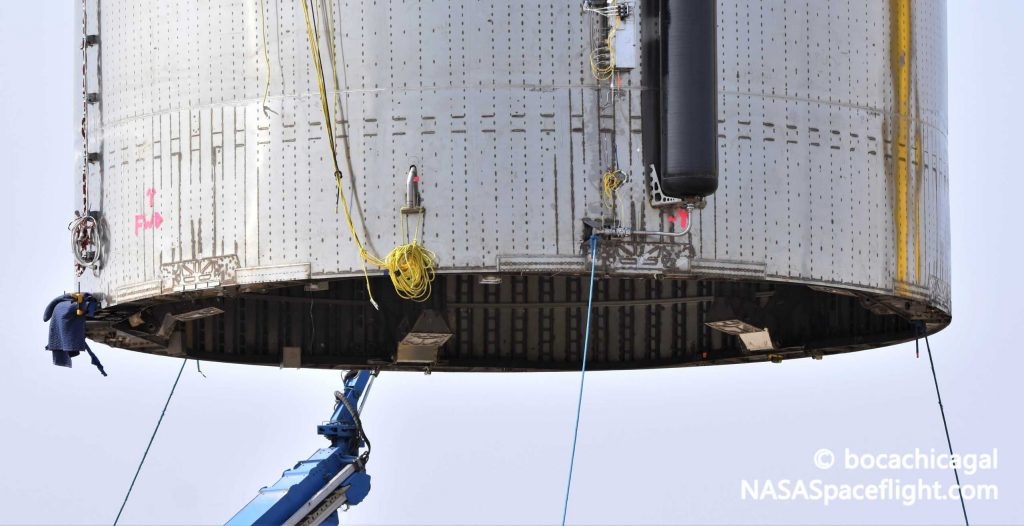
Perhaps the single biggest point of uncertainty with Starship’s first full-scale test flight is its somewhat mysterious landing legs – almost entirely different from Falcon 9’s well-proven four-leg design. The stubby Starship legs stow inside the ship’s engine section, swinging down and out (and potentially telescoping, albeit much less than Falcon 9) come touchdown. Based on photos of the legs, they may also feature rudimentary shock absorption mechanisms, meaning that Starship should be able to tolerate slightly rougher landings. SpaceX has likely tested Starship leg deployment extensively on the ground but beyond that assumption, they remain an unproven mystery.
Regardless, SpaceX is going to be extremely busy over the next 7-10 days with Starlink-9 scheduled to launch NET July 11th, Starship SN5’s static fire NET July 13th, Falcon 9’s ANASIS II launch scheduled NET July 14th, and a potential SN5 hop test attempt as early as July 16th (speculation).
Check out Teslarati’s Marketplace! We offer Tesla accessories, including for the Tesla Cybertruck and Tesla Model 3.

News
Tesla’s new Holiday perk is timed perfectly to make FSD a household name
Tesla AI4 owners get FSD (Supervised) through Christmas, New Year’s Eve and well into the post-holiday travel season.
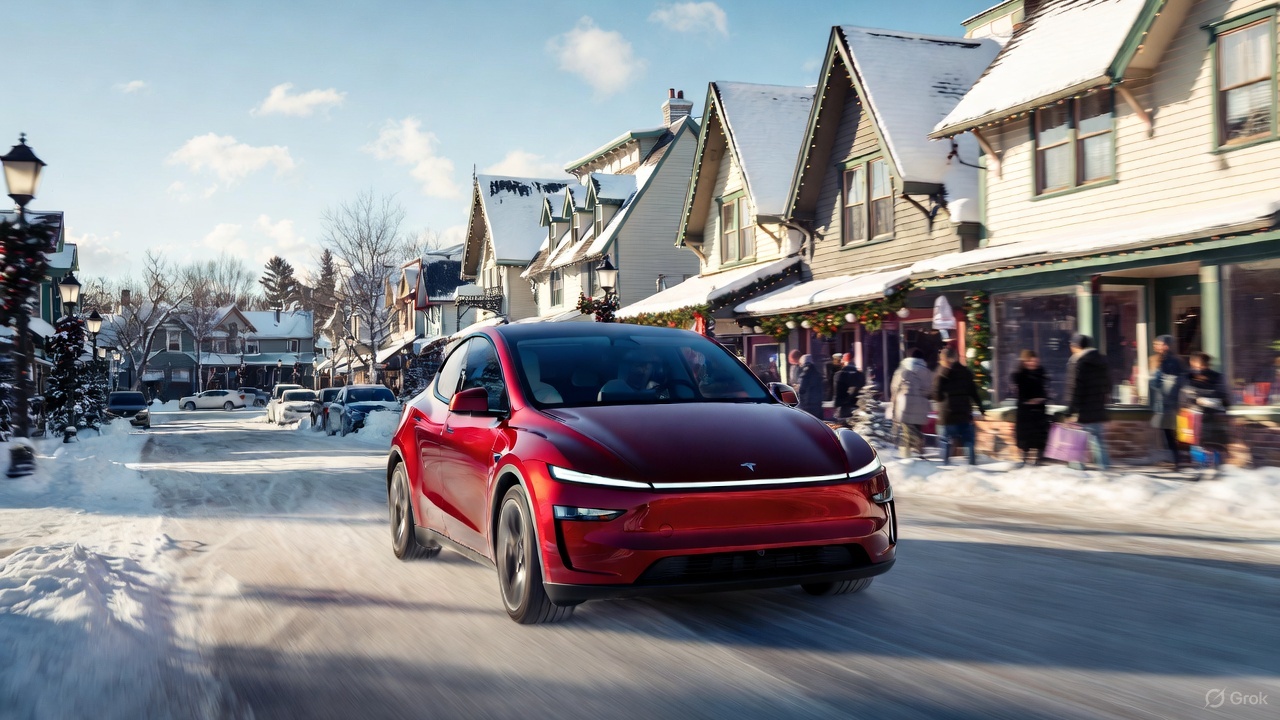
Tesla quietly rolled out a free Full Self-Driving (Supervised) trial for roughly 1.5 million HW4 owners in North America who never bought the package, and the timing could very well be genius.
As it turns out, the trial doesn’t end after 30 days. Instead, it expires January 8, 2026, meaning owners get FSD (Supervised) through Christmas, New Year’s Eve and well into the post-holiday travel season. This extended window positions the feature for maximum word-of-mouth exposure.
A clever holiday gift
Tesla watcher Sawyer Merritt first spotted the detail after multiple owners shared screenshots showing the trial expiring on January 8. He confirmed with affected users that none had active FSD subscriptions before the rollout. He also observed that Tesla never called the promotion a “30-day trial,” as the in-car message simply reads “You’re Getting FSD (Supervised) For the Holidays,” which technically runs until after the new year.
The roughly 40-day period covers peak family travel and gatherings, giving owners ample opportunity to showcase the latest FSD V14’s capabilities on highway trips, crowded parking lots and neighborhood drives. With relatives riding along, hands-off highway driving and automatic lane changes could become instant conversation starters.
Rave reviews for FSD V14 highlight demo potential
FSD has been receiving positive reviews from users as of late. Following the release of FSD v14.2.1, numerous owners praised the update for its smoothness and reliability. Tesla owner @LactoseLunatic called it a “huge leap forward from version 14.1.4,” praising extreme smoothness, snappy lane changes and assertive yet safe behavior that allows relaxed monitoring.
Another Tesla owner, @DevinOlsenn, drove 600 km without disengagements, noting his wife now defaults to FSD for daily use due to its refined feel. Sawyer Merritt also tested FSD V14.2.1 in snow on unplowed New Hampshire roads, and the system stayed extra cautious without hesitation. Longtime FSD tester Chuck Cook highlighted improved sign recognition in school zones, showing better dynamic awareness. These reports of fewer interventions and a more “sentient” drive could turn family passengers into advocates, fueling subscriptions come January.
Elon Musk
Elon Musk predicts AI and robotics could make work “optional” within 20 years
Speaking on entrepreneur Nikhil Kamath’s podcast, Musk predicted that machines will soon handle most forms of labor, leaving humans to work only if they choose to.
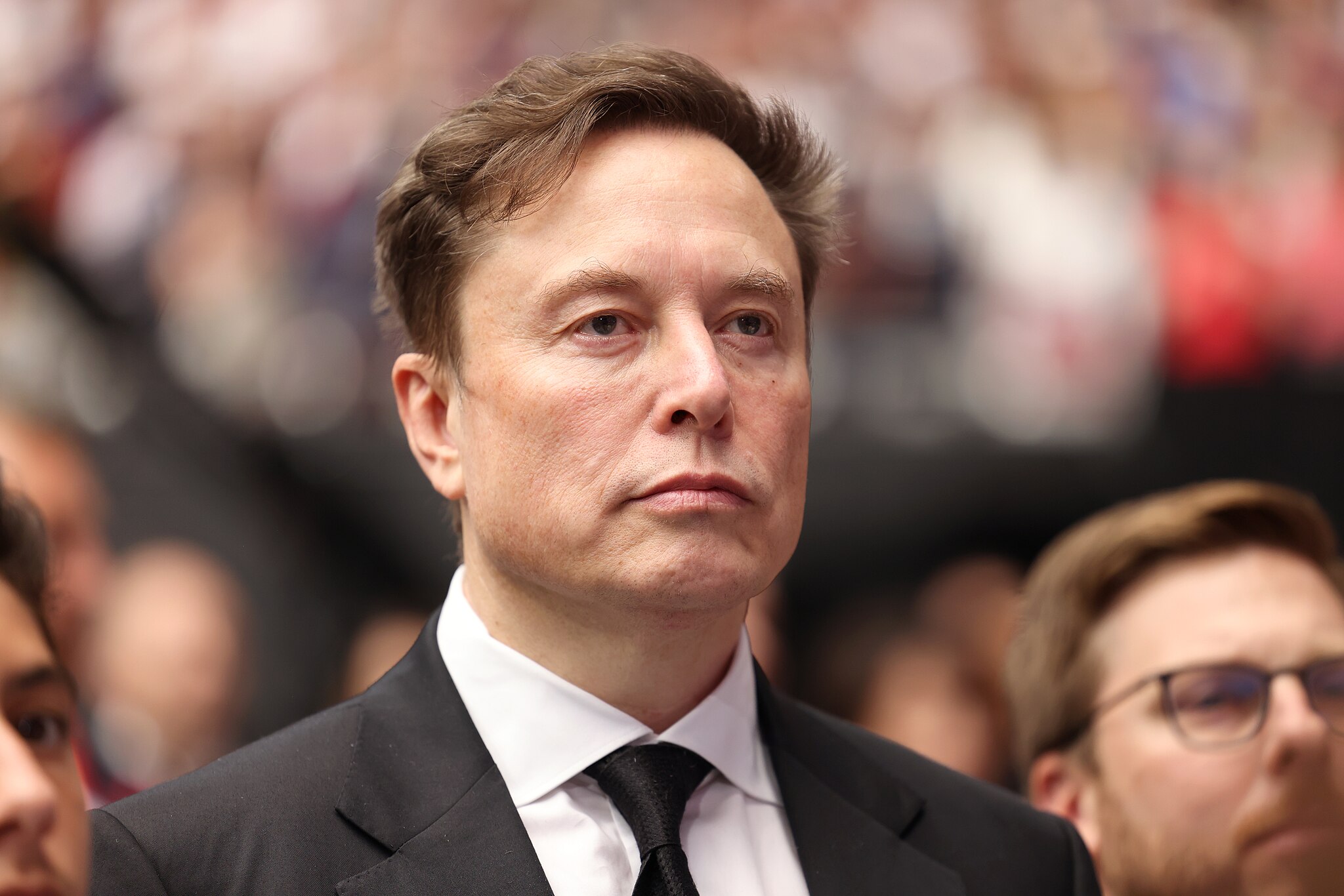
Elon Musk stated that rapid advances in artificial intelligence and robotics could make traditional work unnecessary within two decades.
Speaking on entrepreneur Nikhil Kamath’s podcast, Musk predicted that machines will soon handle most forms of labor, leaving humans to work only if they choose to.
Work as a “hobby”
During the discussion, Musk said the accelerating capability of AI systems and general-purpose robots will eventually cover all essential tasks, making human labor a choice rather than an economic requirement. “In less than 20 years, working will be optional. Working at all will be optional. Like a hobby,” Musk said.
When Kamath asked whether this future is driven by massive productivity growth, Musk agreed, noting that people will still be free to work if they enjoy the routine or the challenge. He compared future employment to home gardening, as it is something people can still do for personal satisfaction even if buying food from a store is far easier.
“Optional” work in the future
Elon Musk acknowledged the boldness of his claim and joked that people might look back in 20 years and say he was wrong. That being said, the CEO noted that such a scenario could even happen sooner than his prediction, at least if one were to consider the pace of the advancements in AI and robotics.
“Obviously people can play this back in 20 years and say, ‘Look, Elon made this ridiculous prediction and it’s not true,’ but I think it will turn out to be true, that in less than 20 years, maybe even as little as ten or 15 years, the advancements in AI and robotics will bring us to the point where working is optional,” Musk said.
Elon Musk’s comments echo his previous sentiments at Tesla’s 2025 Annual Shareholder Meeting, where he noted that Optimus could ultimately eliminate poverty. He also noted that robots like Optimus could eventually provide people worldwide with the best medical care.
Elon Musk
Elon Musk reiterates why Tesla will never make an electric motorcycle
Tesla CEO Elon Musk preemptively shut down speculations about a Tesla road bike once more.
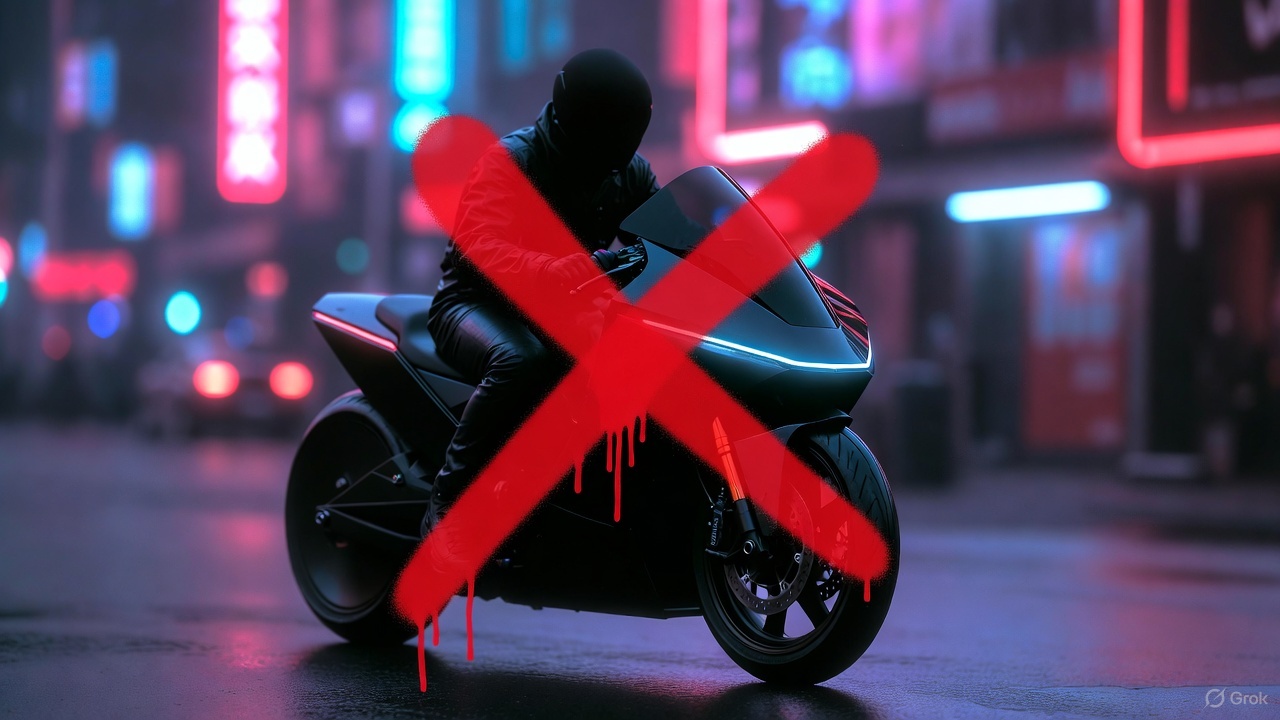
Tesla CEO Elon Musk preemptively shut down speculations about a Tesla road bike once more, highlighting that the electric vehicle maker has no plans to enter the electric motorcycle market.
Musk posted his clarification in a post on X.
Musk’s reply to a fun AI video
X user @Moandbhr posted an AI video featuring the Tesla CEO on the social media platform, captioning it with “Mr. Elon Musk Just Revealed the Game-Changing Tesla Motorcycle.” The short clip depicted Musk approaching a sleek, single-wheeled vehicle, stepping onto it, and gliding off into the distance amid cheers. The fun video received a lot of traction on X, gaining 3.1 million views as of writing.
Musk replied to the post, stating that a Tesla motorcycle is not going to happen. “Never happening, as we can’t make motorcycles safe. For Community Notes, my near death experience was on a road bike. Dirt bikes are safe if you ride carefully, as you can’t be smashed by a truck,” Musk wrote in his reply.
Musk’s Past Comments on Two-Wheelers
Musk also detailed his reservations about motorcycles in a December 2019 X post while responding to questions about Tesla’s potential ATV. At the time, he responded positively to an electric ATV, though he also opposed the idea of a Tesla road-going motorcycle. Musk did state that electric dirt bikes might be cool, since they do not operate in areas where large vehicles like Class 8 trucks are present.
“Electric dirt bikes would be cool too. We won’t do road bikes, as too dangerous. I was hit by a truck & almost died on one when I was 17,” Musk wrote in his post.
Considering Musk’s comments about dirt bikes, however, perhaps Tesla would eventually offer a road bike as a recreational vehicle. Such a two-wheeler would be a good fit for the Cybertruck, as well as future products like the Robovan, which could be converted into an RV.









